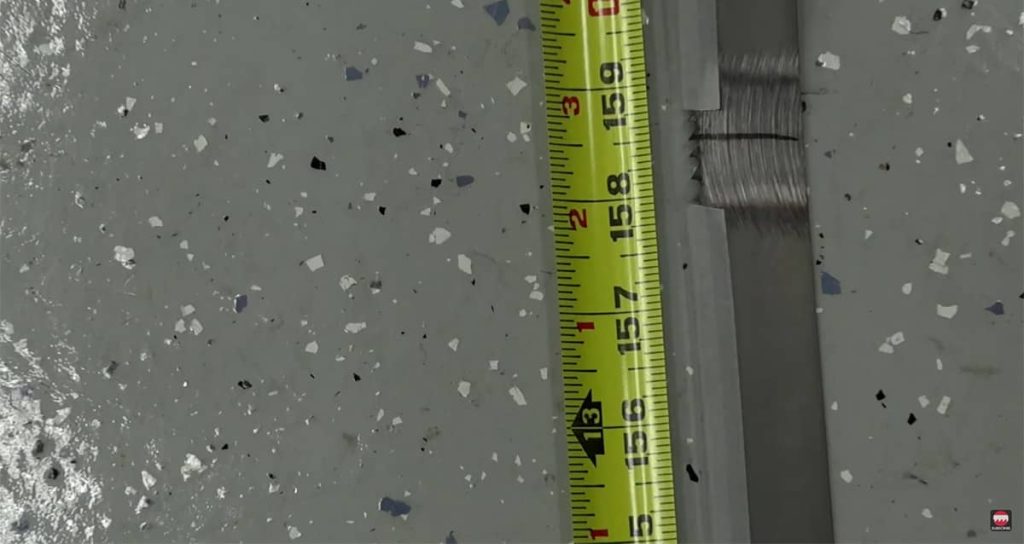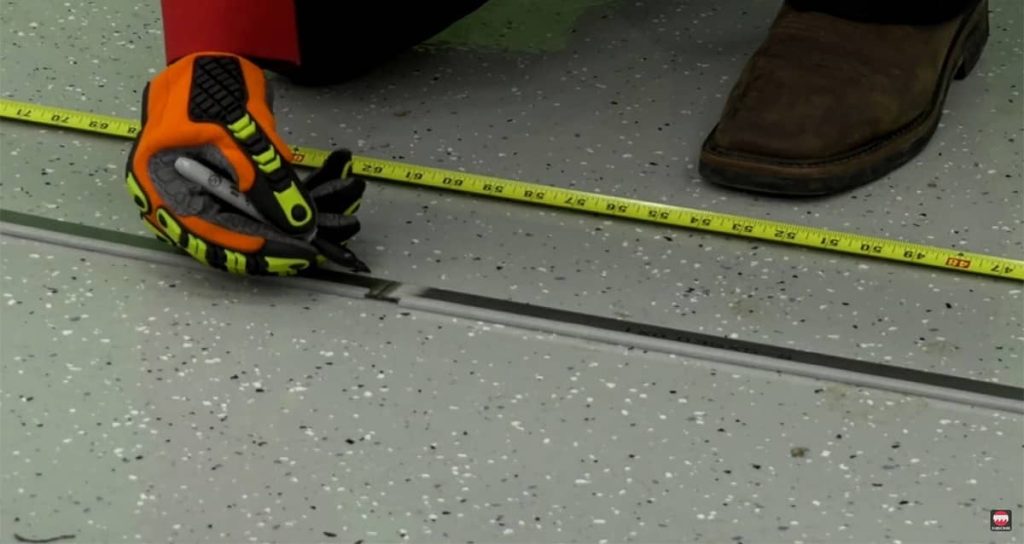Why Getting the Blade Size Right Is Important
Selecting the proper bandsaw blade size is key to achieving clean cuts and keeping your equipment in good working order. A blade that doesn’t fit properly either too long or too short won’t tension as it should. This can lead to poor cut quality, excess wear on your saw, and potential safety issues. If you’re replacing a blade or setting up a new one, accurate measurements save you time and hassle.
Steps to Measure a Bandsaw Blade
The easiest way to confirm blade length is to take off the existing blade and measure it manually. Lay it out flat on the ground, mark a reference point, and use a tape measure to go around the full loop back to your mark. While you’re at it, don’t forget to measure the blade’s width and thickness as well.
-
Lay the blade down flat and place a mark near one end
-
Use a tape measure to follow the blade around until you return to the same mark
-
Measure the blade’s width and thickness using a ruler or caliper
-
Jot down all three measurements for ordering replacements later
Factors That Influence Blade Size
Different machines require different blade sizes based on a few specific elements. These include the wheel diameter, the size of the throat, and the overall design of the bandsaw. Your choice of material and the type of cuts you make also affect blade selection. Wider blades are better for long, straight cuts; thinner blades work well for tight curves.
Find the Correct Blade Size for Your Saw
When in doubt, consult your machine’s manual or look up the specs on the manufacturer’s site. Most blade sizes are listed by length, width, and thickness in inches. Matching your replacement blade to these dimensions helps prevent issues during use and ensures safe, reliable cutting.

Typical Blade Sizes for Popular Models
| Machine Model | Blade Length | Recommended Width Range |
|---|---|---|
| Delta 14″ Bandsaw | 93 1/2″ | 1/8″ to 3/4″ |
| Jet JWBS-14DXPRO | 105″ | 1/8″ to 3/4″ |
| Grizzly G0555 | 93 1/2″ | 1/8″ to 3/4″ |
| Rikon 10-324 | 111″ | 1/8″ to 3/4″ |
| Powermatic PM1500 | 153″ | 1/8″ to 1″ |
Understanding Blade Width and TPI
Beyond overall size, two other details matter: blade width and TPI (teeth per inch). Width affects your ability to cut curves or straight lines, while TPI controls cut smoothness and speed. Matching these characteristics to your task helps improve results and prevent blade failure.
-
Narrow blades (like 1/8″ or 1/4″) allow for tight curves and fine detail
-
Wider blades (such as 1/2″ or 3/4″) are ideal for resawing or straight cuts
-
A high TPI produces cleaner edges but cuts slower
-
A low TPI removes material faster but leaves a rougher finish

Tips for Getting Better Life from Your Blades
To keep your bandsaw running well, it’s important to maintain your blades. Worn or dull blades don’t just slow you down they also risk damaging your project or machine. Keep your blade clean, check the tension before cutting, and replace it when performance starts to drop.
Basic Blade Maintenance Checklist
-
Wipe off any pitch, resin, or buildup after each use
-
Make sure your blade tension is adjusted correctly
-
Let the blade cool during longer cutting jobs
-
Change blades when they become dull or uneven
Need Help Comparing Saw Brands?
If you’re still narrowing down your equipment options, check out our guide, “Milwaukee vs DeWalt Bandsaws: Key Differences You Shouldn’t Miss.” We compare top-performing cordless bandsaws from both brands so you can choose the one that best fits your job site needs or workshop setup.
Knowing how to measure and select the right blade for your bandsaw helps keep your machine running properly and your work on track. Spending a few minutes double-checking the specs and giving your blades regular attention pays off with better results and longer-lasting gear.